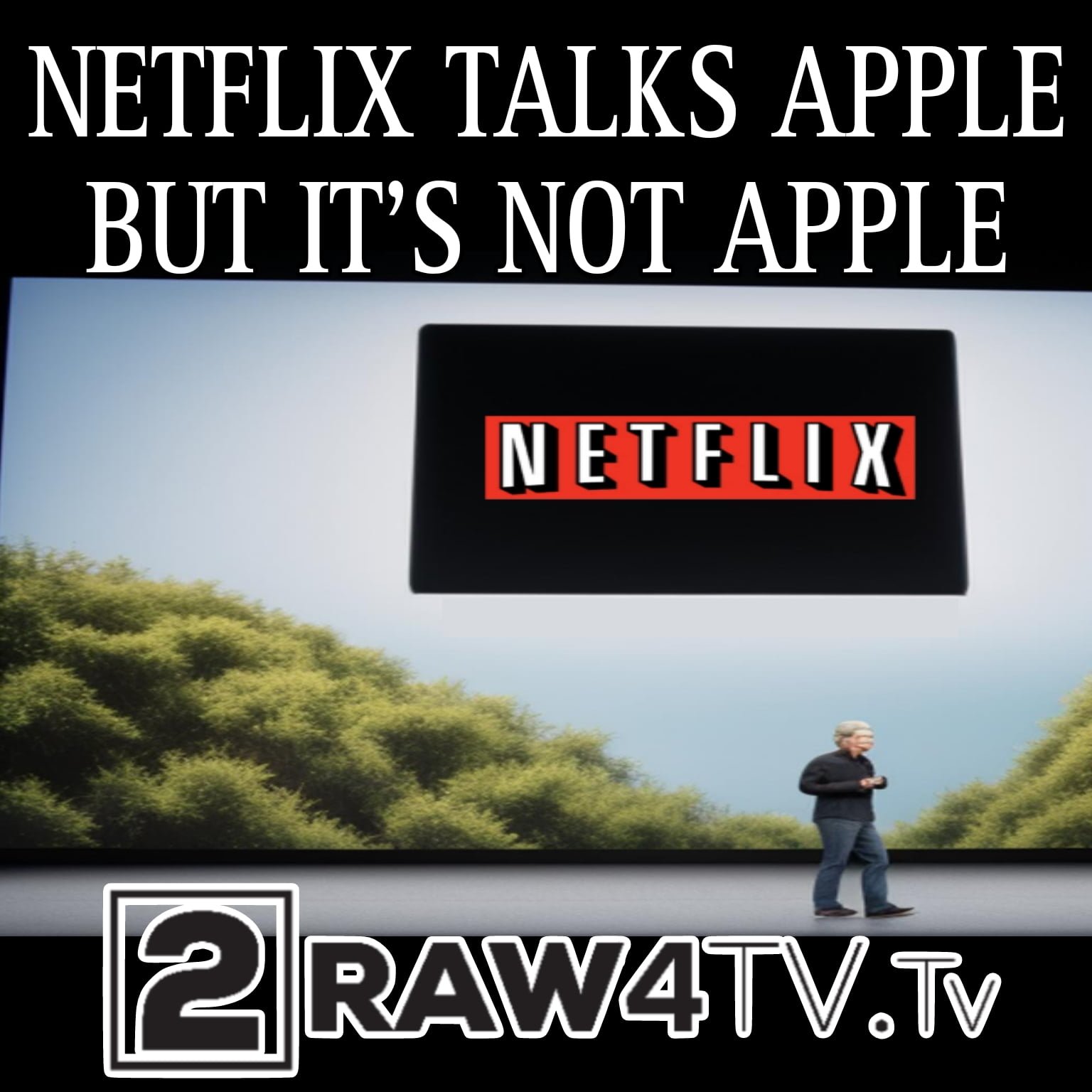
Netflix talks Apple, but is not Apple
Reviews
100 %
User Score
2 ratingsRate This
Sharing
Tags
18 Related Posts
Related Posts
Is There More Life in the Universe? Alien Contact Confirmed
2
reactions
33
views
Thrive Space & Green House A Student Led Movement for Reflection and Growth
2
reactions
59
views
160 CHILDREN RESCUED FROM SADISTIC JEWISH CULT AND HOW THEY ALMOST WEREN’T CAUGHT
3
reactions
64
views
EXPOSING THE STAKE SCAM, DRAKE’S FAKE ADDICTION, AND ADIN ROSS’S PONZI SCHEME
1
reaction
107
views










